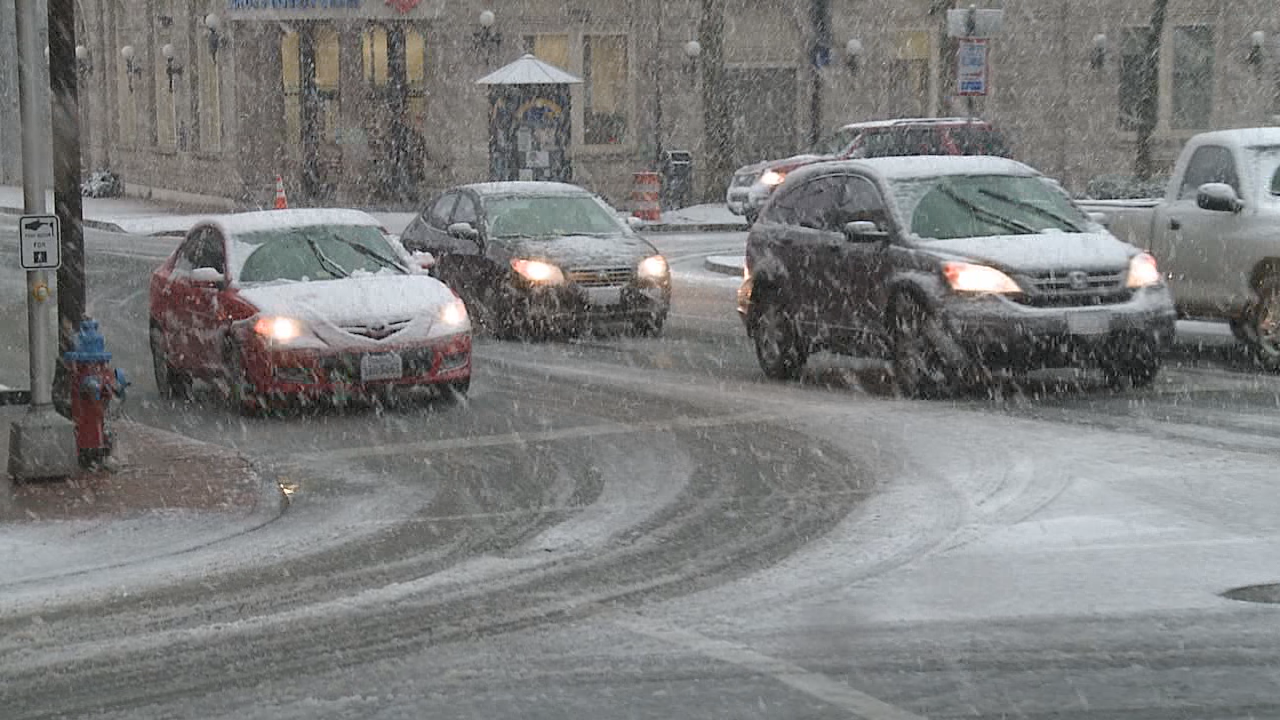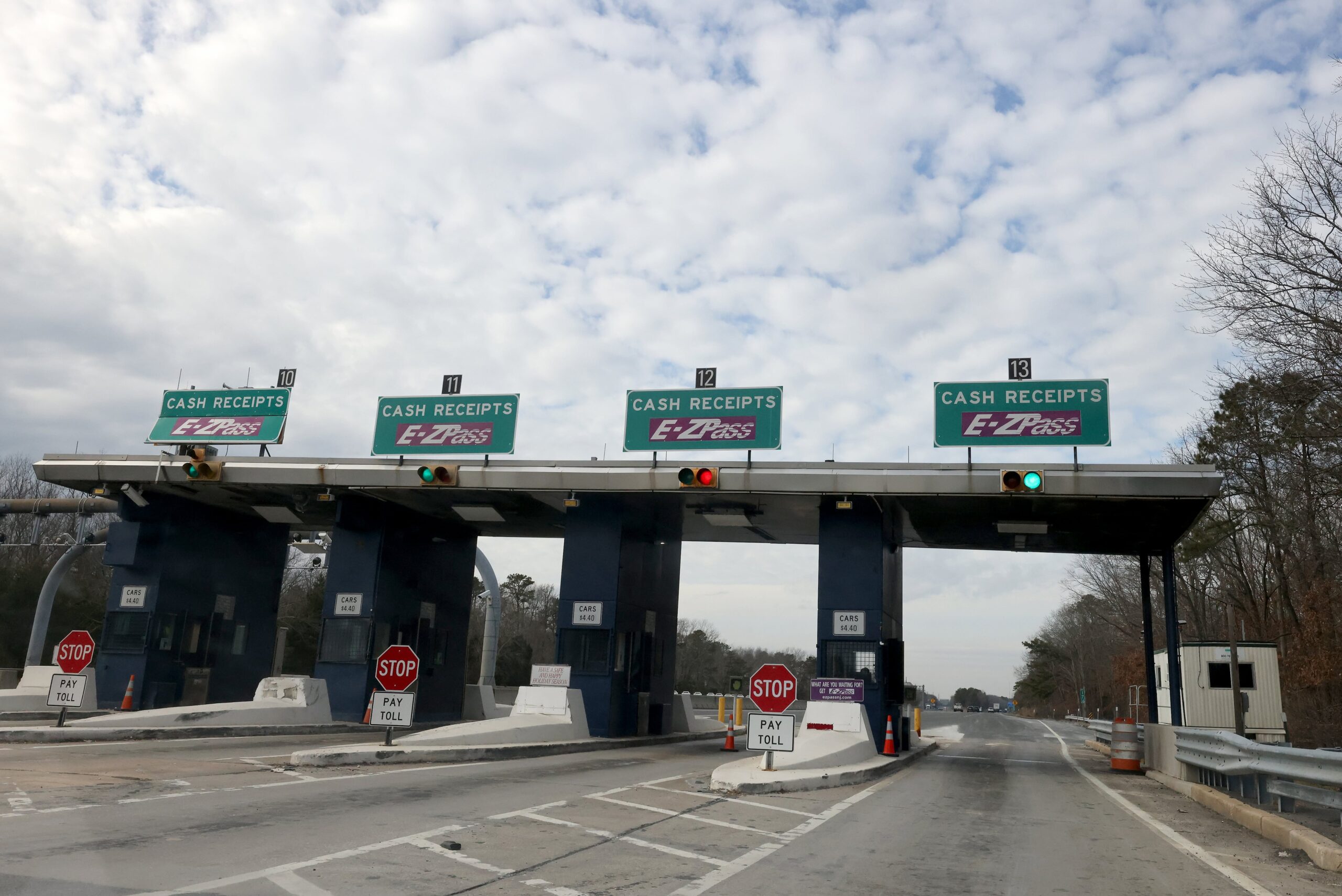Right-of-way laws in Georgia are designed to prevent accidents and ensure the safe movement of vehicles, pedestrians, and cyclists.
These rules govern who must yield in various traffic situations, such as intersections, crosswalks, highways, and emergency scenarios. Understanding and following these laws is crucial for all road users to maintain safety and avoid traffic violations.
Right-of-Way at Intersections
Intersections are among the most common areas for collisions due to confusion over who has the right of way. Georgia law specifies:
- Uncontrolled Intersections: If two vehicles approach an intersection with no traffic signals or stop signs, the driver on the left must yield to the driver on the right.
- Four-Way Stops: When multiple vehicles arrive at a four-way stop simultaneously, the vehicle on the right has the right of way. If one vehicle arrives first, it proceeds first.
- Traffic Lights:
- A green light means the driver may proceed but must yield to pedestrians and vehicles still in the intersection.
- A flashing red light functions as a stop sign, requiring a full stop before proceeding when safe.
- A flashing yellow light means drivers should slow down and proceed with caution.
- Left Turns: Drivers making a left turn must yield to oncoming traffic and pedestrians unless they have a green arrow.
Failure to yield in these situations can result in traffic citations, fines, and liability in case of an accident.
Pedestrian Right-of-Way Laws
Pedestrian safety is a priority in Georgia, and drivers must follow these rules:
- Crosswalks (Marked and Unmarked): Drivers must yield to pedestrians in crosswalks. If a pedestrian is already crossing, vehicles must come to a complete stop.
- Intersections: Pedestrians have the right of way when crossing at intersections, even if no marked crosswalk is present.
- Jaywalking: Pedestrians crossing outside of designated crosswalks must yield to vehicles, but drivers should still exercise caution.
- School Zones and School Buses:
- Drivers must obey reduced speed limits in school zones.
- All vehicles must stop for school buses when their stop signs are extended, allowing children to cross safely.
Violating pedestrian right-of-way laws can lead to severe penalties, including fines and points on a driver’s record.
Right-of-Way on Highways and Merging Traffic
Right-of-way rules on Georgia highways help ensure smooth traffic flow and prevent collisions. These rules include:
- Merging onto a Highway: Vehicles entering a highway must yield to traffic already on the highway.
- Lane Changes: Drivers must check for traffic and signal before changing lanes. The merging vehicle must yield to vehicles already in the lane.
- Exit Ramps: Vehicles exiting the highway must yield to through traffic before merging into a new lane.
Failure to yield when merging or changing lanes can result in traffic violations and accidents.
Right-of-Way for Emergency Vehicles
Emergency vehicles responding to calls always have the right of way in Georgia. The law requires drivers to:
- Pull over to the right and stop when an emergency vehicle with flashing lights and sirens is approaching.
- Stay stopped until the emergency vehicle has passed unless directed otherwise by law enforcement.
- Never follow or attempt to pass an emergency vehicle responding to an emergency.
Violating these laws can result in significant fines and legal consequences.
Bicyclists and Right-of-Way
Bicyclists in Georgia are considered vehicles and must follow the same traffic rules as motor vehicles. Drivers must:
- Yield to cyclists in bike lanes and when making turns.
- Maintain at least three feet of space when passing a bicycle.
- Be cautious at intersections where cyclists may be crossing.
Cyclists, in turn, must obey traffic laws, signal their turns, and yield to pedestrians when necessary.
Right-of-Way at Roundabouts
Roundabouts are becoming more common in Georgia, and understanding right-of-way rules helps ensure smooth traffic flow:
- Entering the Roundabout: Vehicles must yield to traffic already in the roundabout.
- Inside the Roundabout: Vehicles already in the roundabout have the right of way.
- Exiting the Roundabout: Drivers should signal before exiting and yield to pedestrians at crosswalks.
Failing to yield at roundabouts can result in accidents and fines.
Conclusion
Georgia’s right-of-way laws help regulate traffic and ensure the safety of all road users. By understanding and following these rules, drivers, pedestrians, and cyclists can reduce accidents and avoid legal issues.
Whether navigating intersections, merging onto highways, or yielding to pedestrians, knowing who has the right of way is essential for a safe and efficient driving experience in Georgia.








